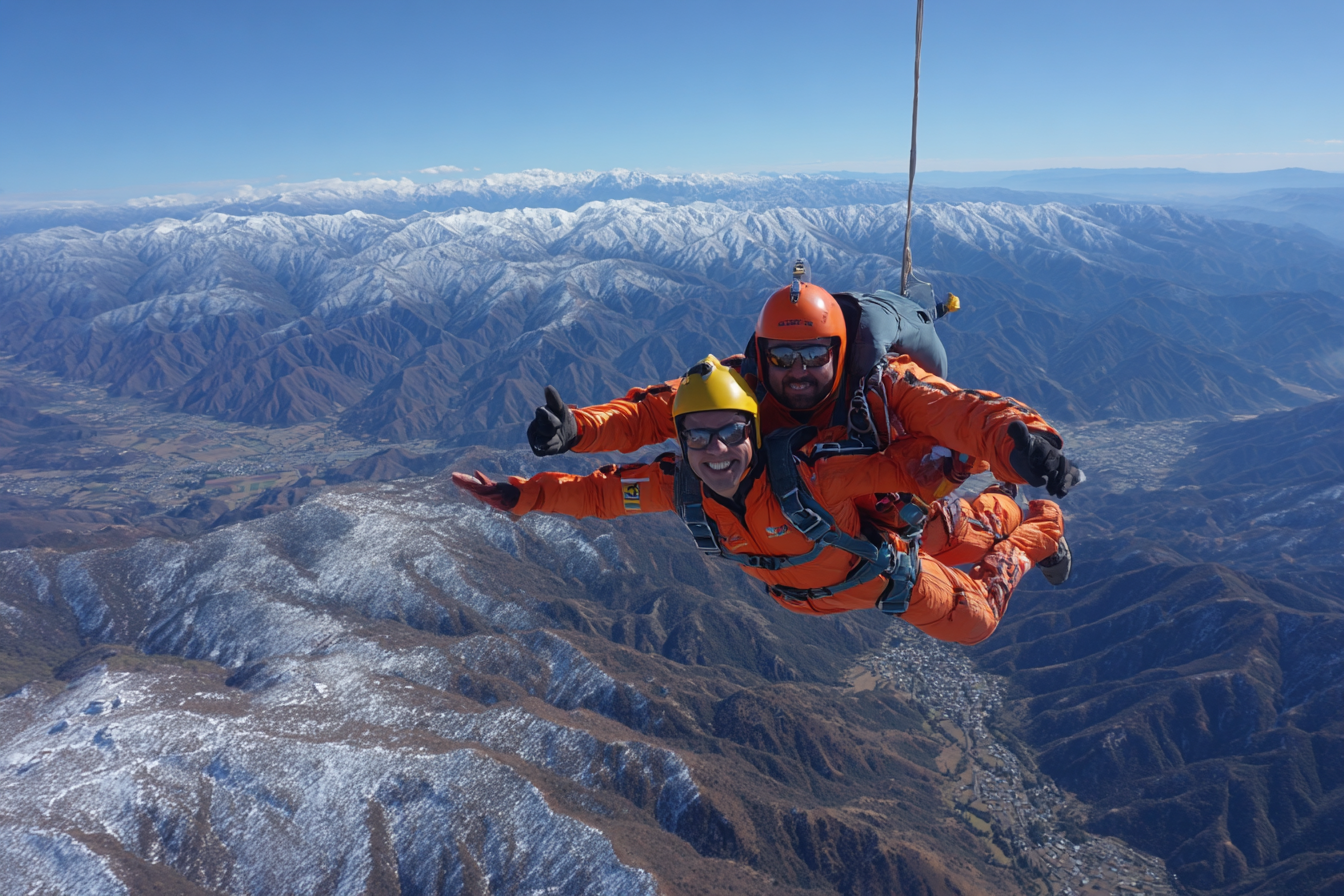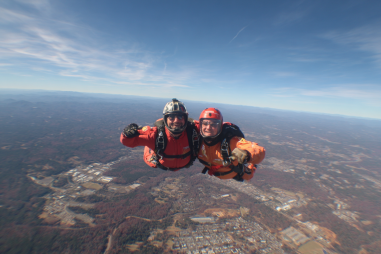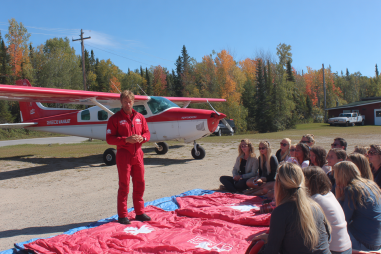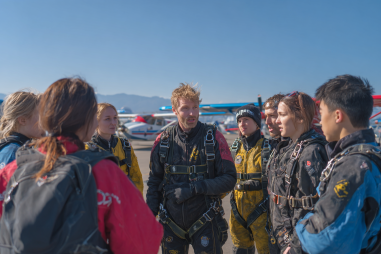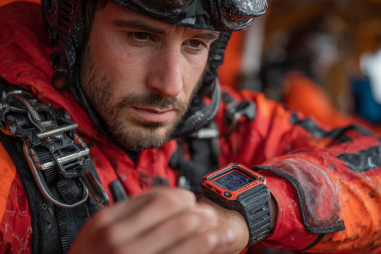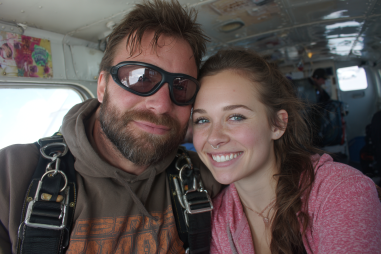Skydiving is not just a thrilling sport; it’s an adventure that offers a wide variety of experiences tailored to every type of adrenaline seeker. Whether you’re stepping out for your first-ever jump or you’re a seasoned veteran looking to push your limits, the world of skydiving welcomes you with open arms—and open skies. From the simplicity of tandem jumps to the complex coordination of formation skydiving, and the breathtaking flights of wingsuit flying, each type of skydiving journey provides a unique way to taste freedom and excitement. Let’s dive into the top types of skydiving experiences that you can try for unforgettable adventures.
Tandem Skydiving: The Ultimate Intro
If you’ve never jumped out of a plane before, tandem skydiving is the perfect way to experience the thrill safely and with confidence. In this experience, you’re harnessed to an experienced instructor who controls the jump from start to finish. This means that you get to enjoy the freefall and the parachute ride without needing advanced training.
The beauty of tandem skydiving is how accessible it makes the sport. You’ll get a breathtaking view as you freefall at speeds around 120 mph, followed by a peaceful glide down to the drop zone, all while chatting with your instructor or enjoying the moment in silence. Tandem jumps are also popular because they offer a quick progression from first timers to more independent jumps, making it ideal for those testing the skies for the first time.
Solo Jumps: Embracing Independence
Once you’ve completed your initial tandem experience and undergone the necessary training, the world of solo jumps opens up. Solo skydiving gives you full control of your jump, from exiting the plane to deploying your parachute and steering your landing. It requires training programs like the Accelerated Freefall (AFF) course, which teaches you all the skills and safety protocols necessary to skydive alone.
Solo jumps provide an exhilarating sense of independence and personal achievement. The adrenaline rush is intensified by the responsibility of managing your own parachute and making decisions mid-air. For many skydivers, this marks the true beginning of their skydiving journey where they refine their skills and explore advanced maneuvers.
Wingsuit Flying: Soaring Like a Bird
For those seeking greater speed, agility, and the sensation of flying like a bird, wingsuit flying is a standout experience. Wearing a specialized suit that adds fabric wings between your arms and legs, you can glide horizontally through the air with remarkable control over your trajectory.
Wingsuit flying takes skill and experience beyond basic skydiving, as the suit changes how you fall and maneuver. It requires a solid foundation of jump techniques and often a minimum number of solo jumps before you’re eligible. The flight feels more like flying than falling and offers some of the most stunning perspectives as you navigate through the sky.
Night and Water Landings
If you think skydiving can only be done during the day over land, think again! Night skydiving is an extraordinary experience for those looking to add a dash of mystery and challenge to their jump. Equipped with specialized lights, jumpers freefall under the stars, offering a completely different sensory experience where spatial awareness becomes even more crucial.
Similarly, water landings introduce new excitement, usually involving jumping over a body of water and splashing down safely with the right safety gear and training. These jumps require additional planning and precautions, such as flotation devices and rescue teams on standby, but they offer a refreshing and stunning way to experience skydiving.
Formation Skydiving for Teams
Skydiving isn’t always a solo pursuit. Formation skydiving, or “relative work,” involves a group of jumpers who coordinate mid-air to create intricate patterns and poses before deploying their chutes. This experience requires advanced training, excellent communication, and precise timing.
Jumpers in formation skydiving rely on teamwork and practice to synchronize their movements while freefalling at speeds around 120 mph. It’s a unique blend of athleticism and artistry, and the thrill of building shapes in the sky alongside others makes this experience highly rewarding for group jumpers.
Specialized Adventures: High-Altitude and BASE Jumps
For the truly adventurous, specialized types of skydiving push beyond the norm. High-altitude jumps involve exiting the plane from altitudes as high as 30,000 feet or more, often using supplemental oxygen due to the thin air. These jumps provide a much longer freefall time and a spectacular view of the Earth’s curvature on clear days. They require comprehensive training and specialized equipment.
BASE jumping, on the other hand, shifts the focus from airplanes to fixed objects—jumping from Buildings, Antennas, Spans (bridges), and Earth (cliffs). This type of jumping is considered much more dangerous and is recommended only for highly experienced skydivers due to lower altitudes and technical challenges involved in deploying parachutes quickly.
Choosing an Experience Suited to Your Comfort Level
With such a wide array of skydiving experiences available, the key to having a fantastic adventure lies in choosing the right jump for your skill level and comfort. Beginners should start with tandem skydiving to build confidence, while intermediate jumpers might explore solo jumps or formation skydiving to enhance their skills. Advanced skydivers seeking new thrills could consider wingsuit flying, night jumps, or even specialized jumps like high-altitude or BASE jumps.
It’s important to train with certified instructors and choose reputable drop zones that prioritize safety and offer options tailored to your progression. Many skydiving centers provide clear guidelines, training courses, and equipment rentals to help jumpers grow from novices to experts in a secure environment.
Skydiving isn’t just a jump from an aircraft; it’s an exploration of freedom that can take many forms, each offering its own flavor of adrenaline and awe. From the first exhilarating tandem jump to the precision and artistry of formation skydiving or the almost superhuman glide of wingsuit flying, there’s an experience waiting for every adventurer. Ready to take the leap? The sky is literally the limit!

